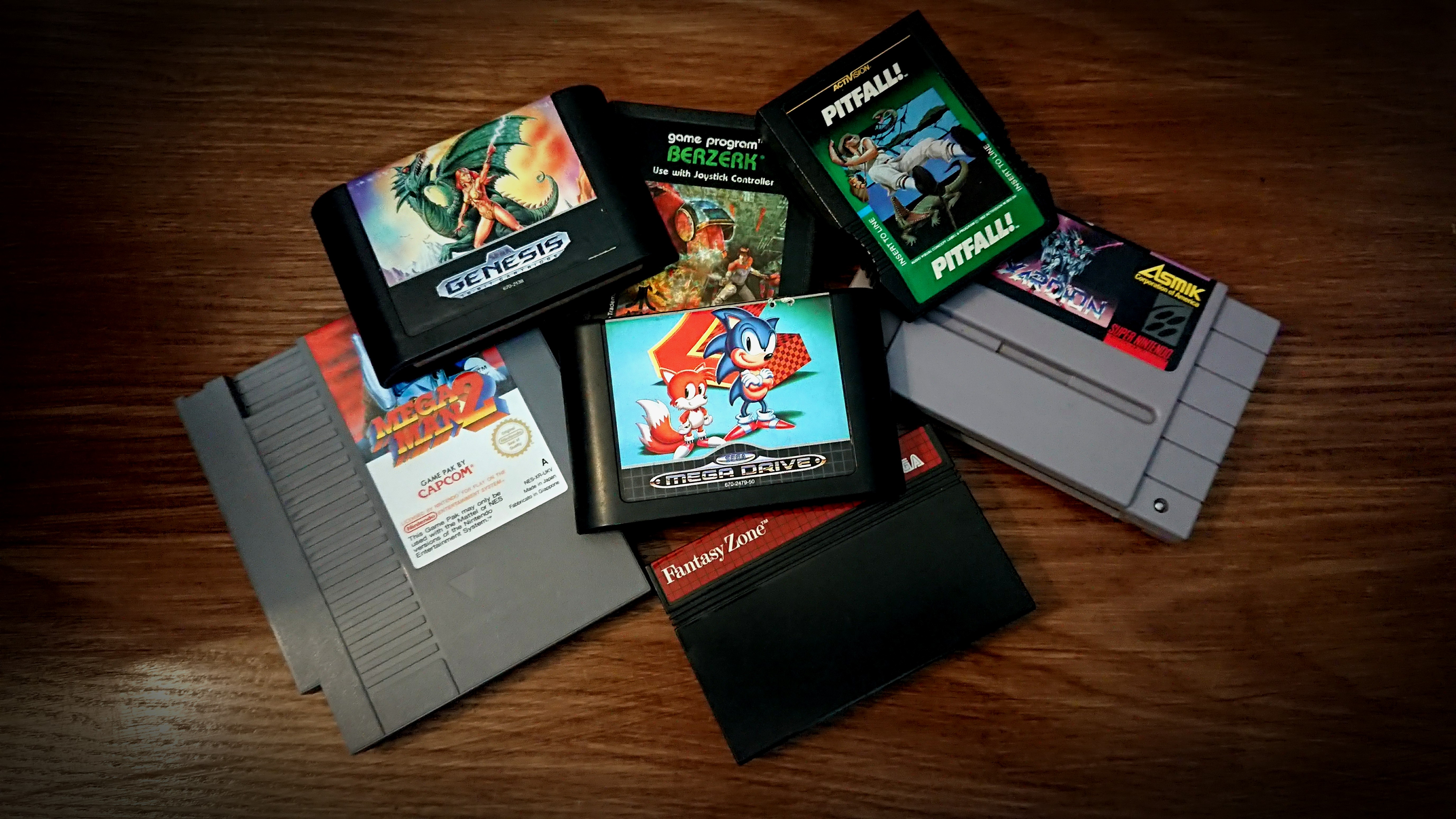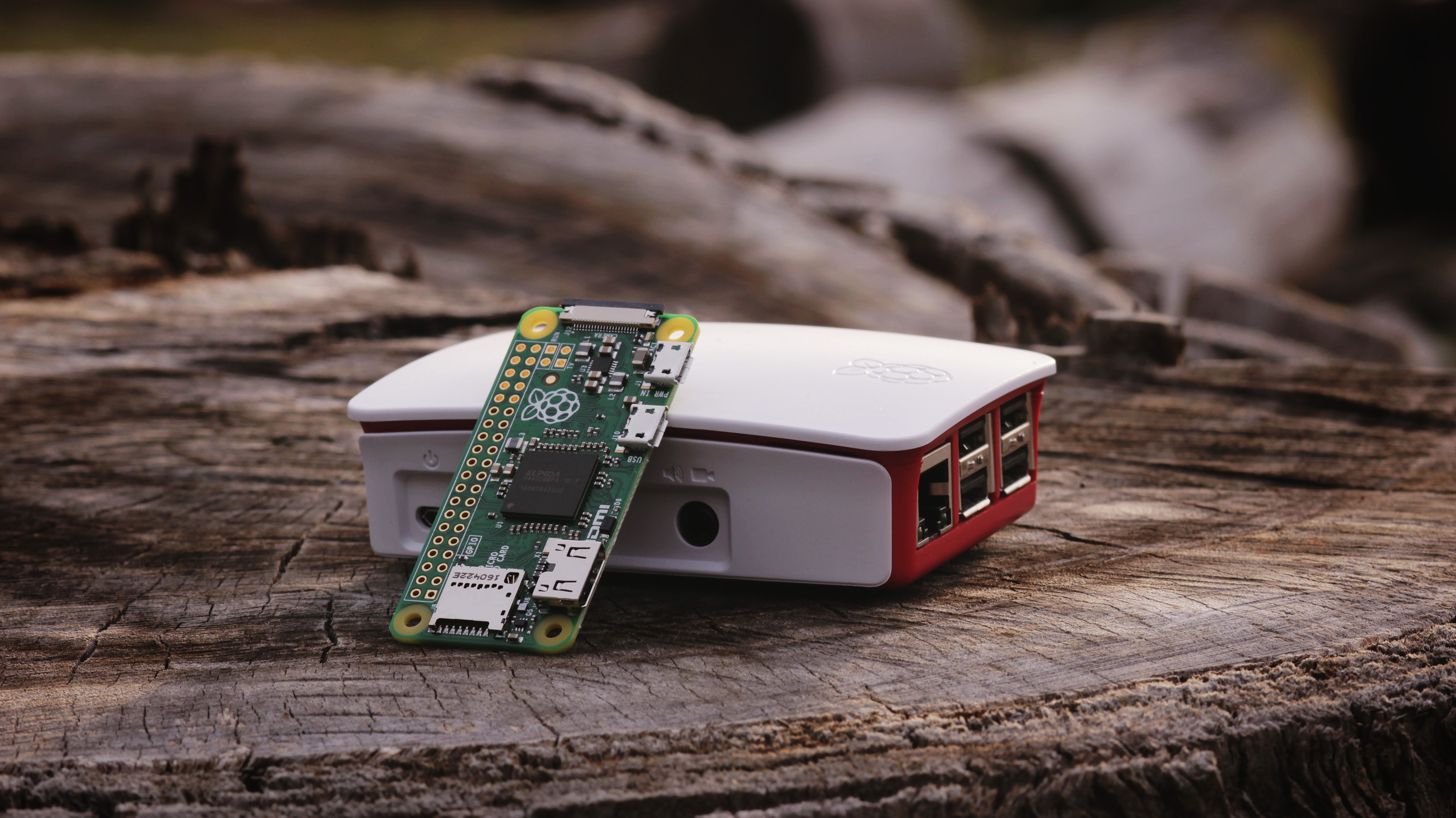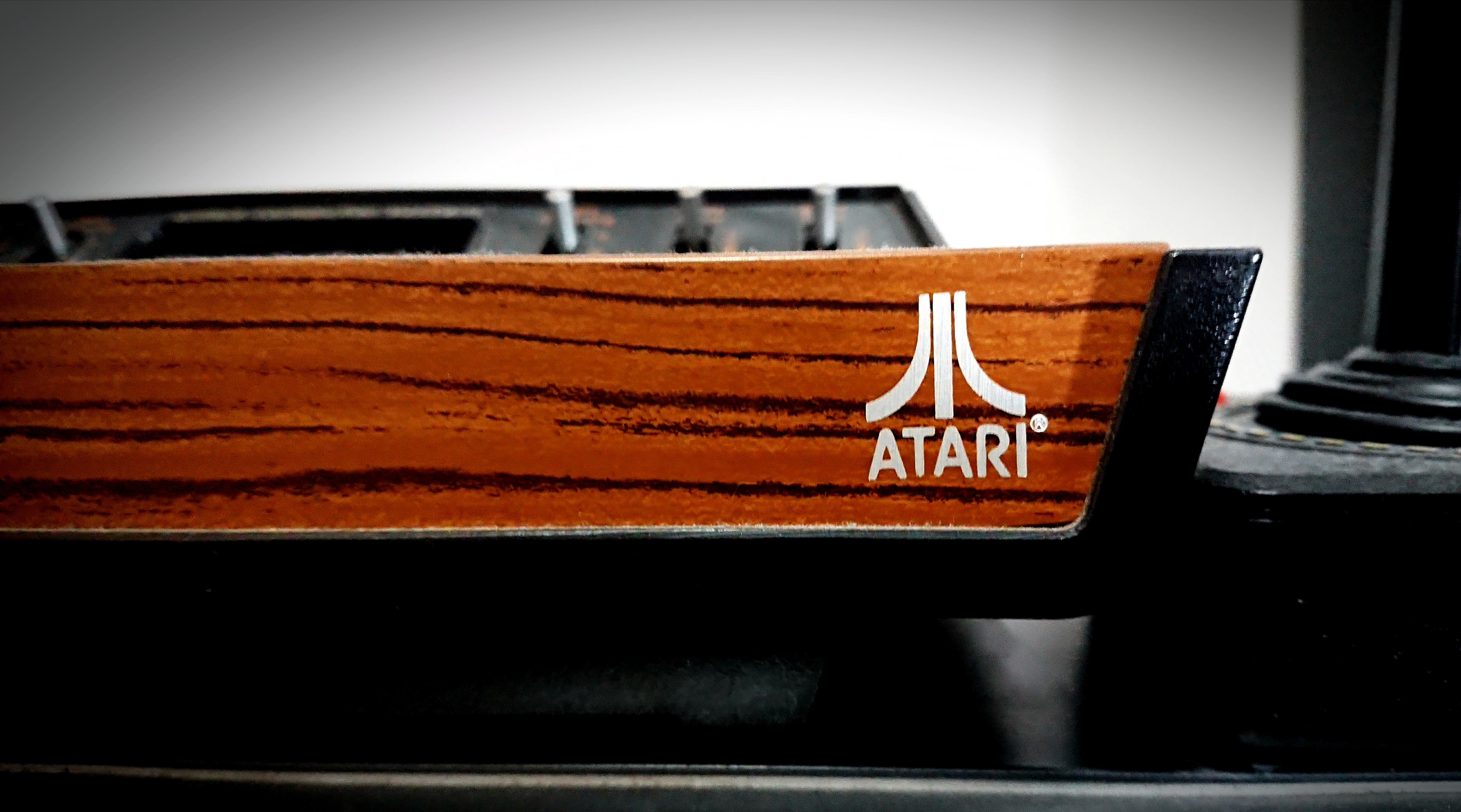How to play the best retro games
Revisiting 8-bit of your gaming past

So, you want to play some old video games, great! How hard can it be? Whether it’s an old console from the depths of your attic or a spark of nostalgia from childhood memories, we all sometimes crave those classic titles from the past. However, you may quickly realize that the world of retro gaming is vast and unwieldy, with various options and methods for getting you started.
These options may be more than what you need, or perhaps even not far enough down the retro rabbit hole. Nevertheless, there’s something to suit every gamer’s needs when it comes to exploring the past. So, let’s delve into the modern world of retro gaming, so that you can experience the best of pixelated history.
Using original hardware

The starting ground for most people is a nostalgic memory of their gaming roots, either based on a specific game, console or computer. Retro hardware is usually not too difficult to obtain, with the usual means being the second-hand market or an original machine you've kept in storage. If you opt to purchase a second-hand piece of tech, you might be surprised by the markets asking price.
Due to a lot of consoles and games now being considered collectable, your desired piece of tech could possess an undesirable price tag. Retro gaming prices are usually based on rarity and condition, so be sure to manage your expectations. For example, if you’re after an original PlayStation, it’ll cost between $50 and $90 from the likes of eBay. This is a far cry cheaper than uncommon consoles such as the Neo Geo CD, which despite being out at the same time period, will cost around $200 - but these prices tend to fluctuate often.
You might also notice that some games demand a higher price than others, again this is largely down to how rare the title might be. That being said, if you’re lucky, you might be able to find what you’re looking for in a thrift store or flea market for a considerable amount less. For those of you who resisted trade-in temptation over the years and kept your old games, the cartridge and CD formats will probably still work.
Unfortunately, if your collection is mostly cassette tapes for a micro-computer, these may have deteriorated over time. This will add an extra obstacle to the already temperamental process of loading a game into a ZX Spectrum or Commodore via a cassette deck. For some though, lengthy wait times and ‘tape loading error’ messages are all part of the nostalgia.
So, assuming you’ve managed to get your hands on an electronic relic of the past, you’ll now be pondering about how to set things up. If you’re lucky, you'll have the original cables for your hardware too, albeit might be in the form of a tangled nightmare. Replacement cables are usually fairly easy to come by, with third party options available. Companies such as Retro Gaming Cables supply a range of cables for numerous consoles, with their cables costing around $20 (£15/AU$27) on average. Once your confident that you’ve got everything you need, your next hurdle is hooking thing up to your TV or monitor.
Sign up for breaking news, reviews, opinion, top tech deals, and more.

Technology isn’t always on our side when it comes to old hardware, especially when using it with new TV’s. You might find, when journeying to the back of your modern 4K television, that you can’t seem to locate the connections you used to use. Some manufacturers opt to use adapter cables for the likes of composite video to save space, while connections like s-video and scart may be unsupported entirely.
Converters are readily available to use via HDMI, ranging from cheap and cheerful to enthusiast grade hardware that will enhance video quality. Depending on how much time and money you’re willing to spend, you may just choose to use an older TV. This might also be the best option if your console uses an old antenna ‘RF’ lead, as many displays aren’t compatible with these analogue frequencies.
It might seem like a lot of effort just to play an old games console, but for some it’s a satisfying endeavour that brings back joyful memories of beloved old machines. If you decide that you’d rather play your classics collection without the antiquated hassle, then there are other options that could possibly simulate the retro gaming experience.
It might seem like a lot of effort just to play an old games console, but for some it’s a satisfying endeavour that brings back joyful memories of beloved old machines. If you decide that you’d rather play your classics collection without the antiquated hassle, then there are other options that could possibly simulate the retro gaming experience.
Emulation and recreation

Emulation is something that’s become commonplace in everyday gaming life. In order to emulate a game, software is used to make the hardware act like the original console. Sony and Nintendo use the practice of emulation to enable us to play classic titles from their digital stores. This is a great way to play older games on new hardware, while making sure to avoid sailing the seven seas of copyright piracy. It’s a common misconception that emulating games on your home computer is an illegal practice. While this might be true for emulating games you don’t actually own, using emulation in itself is completely lawful.
Using emulation software can be convenient and offers a wide array of choices in terms of hardware. When it comes to emulating retro games, most devices such as PCs and android devices can run emulation software with ease. Traditionally, emulators would be used on your existing PC as a hassle free way to play games you already own. There were even the likes of Bleem, a commercial emulator released in 1999 designed to run original PlayStation games on your PC. A popular modern choice of hardware for emulation is the single board computer known as the Raspberry Pi.
Costing around $44 (£35/AU$49), these tiny computers are an extremely compact way of accessing your old game collection at a budget price. Providing that you’re willing to experiment, the Pi is customizable in terms of choice of emulators and library interfaces. The downside to this set-up is that it is bare bones, meaning you need to supply your own USB controllers, operating system, and storage space. This option is perfect for project enthusiasts and tinkerers, but isn’t as accessible as its commercial counterparts.
Thanks to the ever-growing popularity of retro gaming, various options are now available to accommodate those who own old titles and wish to emulate them legally. Many companies have emerged over the years that have taken a different approach to consolized emulation. The likes of Hyperkin have created hardware that is able to use original game cartridges for various systems, enhanced additional features.

The Hyperkin RetroN 5 in particular is capable of playing most of Sega and Nintendo’s 8 and 16-bit cartridges, as well as supporting the use of original control pads. This is achieved by the console temporarily copying the cartridge to memory, which is then played through its emulation software. This clever trick simulates the feeling of playing your cartridges on an original system, while in reality just being another form of emulation. This means that you can access features such as save states, visual enhancements and HD resolution.
At $159 (£124/AU$221), it’s certainly not the cheapest option, but is a rather inclusive package. There also lies the issue with emulation itself, being that it can’t always achieve the same results as original hardware. If you’re not a perfectionist, you’ll likely not notice details like accurate color reproduction or sound replication. If you are a stickler for the real deal though, your best option may be to go for a recreation of the original hardware.
Hardware recreation is something that has become more prominent in recent years. This is mainly due to FPGA technology (Field Programmable Gate Array) being available to program chips to act exactly like original consoles. An example of such consoles is the Analogue NT, a high-quality recreation of the NES that boasts being as accurate as the original hardware. At a whopping $449 (£356/AU$625), this product is aimed more at the retro enthusiast looking for the ultimate gameplay experience.
Analogue also have solutions available for the likes of the Genesis/Megadrive and the Super Nintendo, which shows that they’re working on accommodating different consoles. This is definitely a premium way of playing your old games that may be overkill for a lot of gamers needs. If the options of emulation and replicated hardware are still a bit niche for your liking, your childhood console manufacturer may have a solution available for you.
The world of retro mini consoles

Many gamers will be familiar the concept of ‘plug and play’ consoles; those controller shaped consoles that plug straight into your TV. Despite being low quality and legally questionable, they were simple to use and often contained a lot of pre-installed games. That being said, there were licensed versions of plug and play consoles available, yet it was only when Nintendo stepped up to the mark that these products started drawing attention.
In 2016, Nintendo announced a miniature version of their NES console, pre-loaded with 20 of their classic titles; such as Zelda, Mario, Metroid and Castlevania. The NES Classic Edition set a new standard for plug and play consoles, with its high-quality design and excellent emulation. The console also comes with authentic recreations of the original controller, which retain the same build quality as the originals. This made it not only a great way to experience classic Nintendo games, but also a great collectable for fans of the company.
The following year Nintendo expanded their mini lineup with the SNES Classic Edition, which follows the same design principles. With the NES mini costing around $59.99 (£49.99/AU$99) and the SNES version around $89.99 (£79.99/AU$119), this is one of the more affordable ways to quickly access your favorite classics. However, Nintendo are far from the only big gaming brand to realize the potential money to be made in re-releasing old consoles.
From as early as 2004, Atgames has been releasing ‘flashback’ versions of both Sega and Atari hardware. These mini consoles also come pre-loaded with a selection of games, with certain versions of their Sega Genesis/MegaDrive supporting original cartridges. In recent years, we’ve also seen the likes of the Commodore 64 Mini, the Neo Geo Mini and more controversially, the inevitable release of the PlayStation Classic.

The PlayStation Classic is a great example of some of the issues that can occur with these types of consoles. From emulation issues to the pre-loaded selection of games, the PlayStation Classic didn’t quite hit it off with retro enthusiasts. Due to the consoles questionable price of $99, it didn’t take long for the fundamental issues with plug and play consoles to surface.
It’s important to remember that plug and play consoles are similar to the emulation solutions previously mentioned. The caveat however with this solution is that they’re not all designed to support playing your own library. This means that you’re not necessarily getting to experience every game from your childhood, which could be a deal breaker for a lot of gamers.
Retro rewind

The massive selection of options available may be daunting, but there’s certainly something out there to satisfy the needs of most gamers. From the perfectionist enthusiasts to the casual recreational players, it’s easier than ever to get access to beloved titles from your past. It’ll be interesting to see how accommodating retro gaming will be in the future, as it won’t be long before the games of today are yesterday's memories.

Phil is the hardware editor at GamesRadar+ responsible for covering retro gaming shenanigans, but also likes to put the latest gaming handhelds, graphics cards, and monitors to the test. In a previous life, they served as a member of the PCGamesN team, providing PC hardware news, reviews, and insights. They also spent a chunk of time contributing words to the likes of the BBC, The Daily Star, GameByte, and Den of Geek.